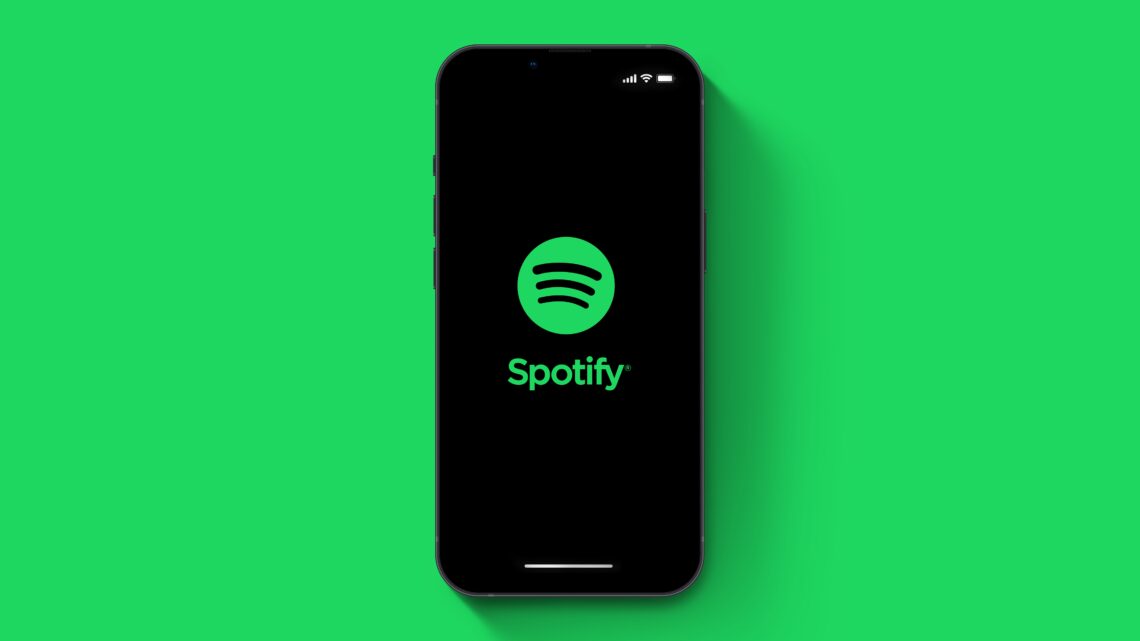Spotify are about to initiate their contested new royalty payout model sometime this January, which will make only songs that receive 1000+ streams a year eligible for any royalty payouts. But why is Spotify really doing this? And what does it actually mean for independent artists?
“It’s more impactful for these tens of millions of dollars per year to increase payments to those most dependent on streaming revenue — rather than being spread out in tiny payments that typically don’t even reach an artist (as they do not surpass distributors’ minimum payout thresholds). 99.5% of all streams are of tracks that have at least 1,000 annual streams, and each of those tracks will earn more under this policy.” – Spotify
“Apparently they are now cross referencing accounts for participation with SubmitHub, Musosoup, Groover and others. We received a strike and were warned against participating with “pay to play” or “group playlist schemes” with the threat of deleting our account. We are hard working gigging musicians just trying to promote our music and this feels so wrong. They did however offer to put us in their “radio campaign” scheme for 30% of our streaming revenue. Seems hypocritical to us.”

